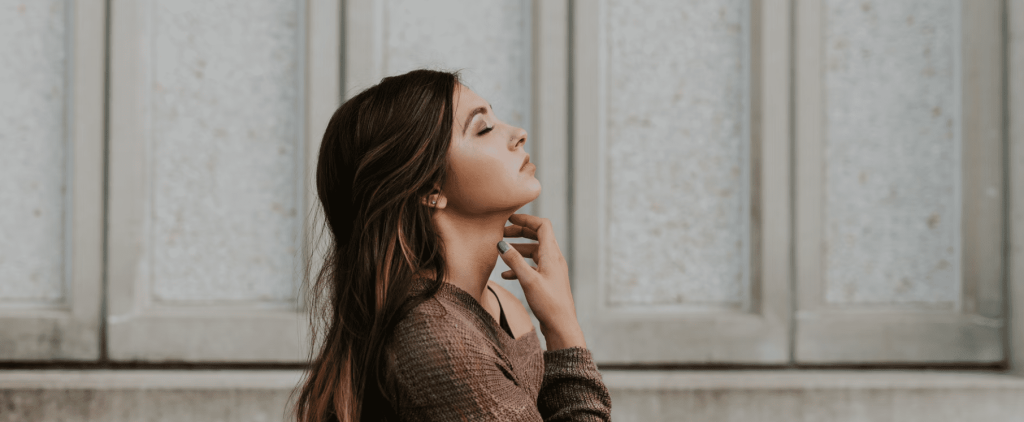In an ideal world, every rhinoplasty surgery would yield a result that meets the patient’s expectations. However, that is not always the case. Fortunately, there is a surgical procedure that could resolve any aesthetic or functional defects after a nose job.
Revision rhinoplasty is one of the many facial plastic surgery procedures performed by doctors around the world. Revision rhinoplasty surgery is performed when a primary rhinoplasty surgery has failed to meet the expectations of patients due to aesthetic or functional issues. Concerns from previous surgery may include an undesirable shape, scarring, and limited nasal function. In some cases, a facial plastic surgeon may need to insert implants or cartilage grafts to provide nasal support or improve the nose’s appearance.
In general, revision rhinoplasty is more difficult to perform than primary rhinoplasty. This is because the nose’s normal anatomy, which is already intricate to begin with, has been altered during a previous rhinoplasty surgery. Following a primary rhinoplasty, the nose may have lost structural support or developed a buildup of scar tissue, making revision rhinoplasty extremely complex.

If you are unhappy with the appearance or function of your nose after a rhinoplasty, getting a revision rhinoplasty procedure may be the best choice.
You may need to undergo revision rhinoplasty if:
Rhinoplasty has one of the highest revision rates among facial plastic surgery procedures. Approximately 10% to 15% of rhinoplasty patients will need or request for a revision rhinoplasty consultation at some point following prior rhinoplasty. Only a double board certified facial plastic surgeon is allowed to perform revision rhinoplasty.
There are no guarantees that revision rhinoplasty can provide the clinical outcomes that the patient wants. Plastic surgeons often remind patients to seriously consider the benefits and risks of undergoing a secondary procedure,
While revision rhinoplasty patients are never guaranteed to have all their issues resolves, the goals and benefits of getting a revision nose surgery if everything goes according to plan include:
It is important to note that even a skilled revision rhinoplasty surgeon cannot improve upon a successful outcome from a prior surgery. Revision rhinoplasty is a corrective procedure.
Overall, revision rhinoplasty has a low rate of complications. The results may also vary widely, depending on the experience and skills of the facial plastic surgeon, the surgical techniques used during revision surgery, and the complexity of an individual’s nose.
There are, however, four risks associated with revision surgery that you should be aware of:
Latest Blog Articles